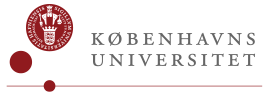Scientific breakthrough: We can now halve the price of costly cancer drug
The demand for the widely used cancer drug Taxol is increasing, but it’s difficult and expensive to produce because it hasn’t been possible to do it biosynthetically. Until now, that is. Researchers from the University of Copenhagen have cracked the last part of a code that science has struggled with for 30 years. The breakthrough could halve the price of the drug and make production far more sustainable.
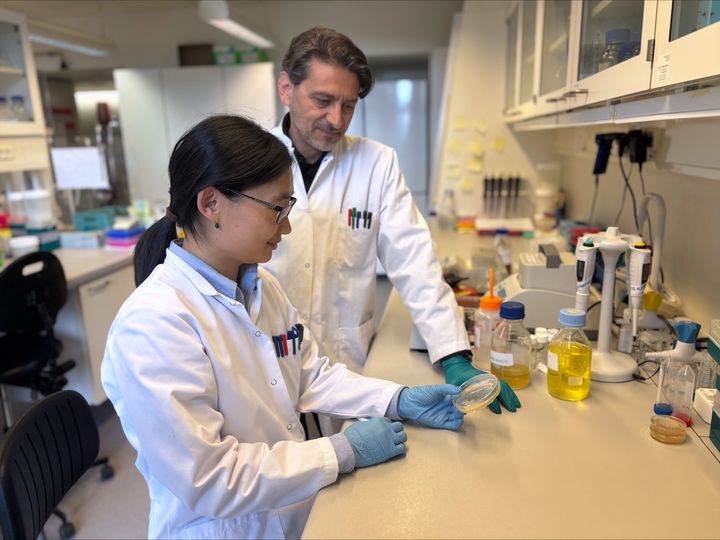
Taxol is one of the most commonly prescribed chemotherapy drugs for breast, ovarian, cervical, and lung cancer. Yet producing the drug is complex, costly, and environmentally burdensome, as it currently relies on a complicated chemical semi-synthesis. For 30 years, scientists around the world have tried to understand how taxol, a natural compound derived from the Pacific yew tree, forms in nature. Decoding this process would allow for biotech-based production. But the final steps remained unknown – until now.
A research team from the University of Copenhagen has succeeded in finding the two missing pieces: They have identified the enzymes responsible for the two critical final steps in the biosynthetic pathway that makes Taxol active as a drug.
"Taxol has been the Holy Grail in this research field for decades because it’s an exceptionally complex molecule. But with the discovery of the final two enzymes, we now fully understand how it’s formed. This has allowed us to develop a biotechnological method to produce taxol in yeast cells," says Sotirios Kampranis, Professor at the Department of Plant and Environmental Sciences and senior author of the study published in Nature Synthesis.
The method involves cloning the taxol-producing genes from the yew tree and inserting them into yeast cells. These engineered yeast cells then become host organisms or micro-factories with the full recipe to produce taxol.
Affecting women in developing countries
The research team from the University of Copenhagen has applied for patenting the method and is in the process of launching a spin-out company to manufacture biosynthetic Taxol.
"Using this method, we can produce Taxol cheaper than current conventional methods. Looking ahead, once we refine the process further, we expect to be able to reduce the cost by half," says Assistant Professor and first author Feiyan Liang.
Lower prices are especially crucial as ovarian cancer is on the rise globally. The prevalence of the disease is expected to increase by over 55 percent by 2050, with the vast majority of cases in low and middle-income countries. The number of women dying from ovarian cancer is projected to rise by nearly 70 percent in the same period.
Currently, taxol costs more than USD 20,000 per kilogram, making it one of the most expensive active pharmaceutical ingredients in use.
"We see increasing demand for Taxol in many developing countries, where the high price is a major barrier. We hope our work will contribute to lower-priced drugs so that more people can have access to cancer treatment," Feiyan Liang says.
Much more sustainable
The new method is not only more cost-effective but also more sustainable than chemical synthesis. One advantage is that the procedure does not involve harmful chemicals and solvents common in chemical production. Another advantage is that it allows the use of more crude, less purified extracts from yew needles as starting material — much cheaper than the ultra-pure inputs required in chemical semi-synthesis. On top of that, the materials can be recycled.
"We want to show that it’s possible to build a biotechnological drug production that is both sustainable and low-cost. There are very few examples of that today, but we now have the foundation to make it happen," says Sotirios Kampranis.
TWO TREES PER TREATMENT
- Taxol was originally extracted from the inside bark of the Pacific yew tree (Taxus brevifolia), but as the taxol content in the bark is very low, harvesting it meant removing all the bark and as a result of this killing the tree.
- Yew trees take 70 to 100 years to mature. Producing just one treatment required about two trees, making this method highly unsustainable. It was abandoned years ago, though wild yew trees are still under pressure in some regions.
- Today’s most common method involves harvesting a similar compound from yew needles for chemical synthesis, but the cost of this process is still high, which is why the average price of taxol exceeds USD 20,000 per kilogram (source: https://www.pharmacompass.com/price/paclitaxel).
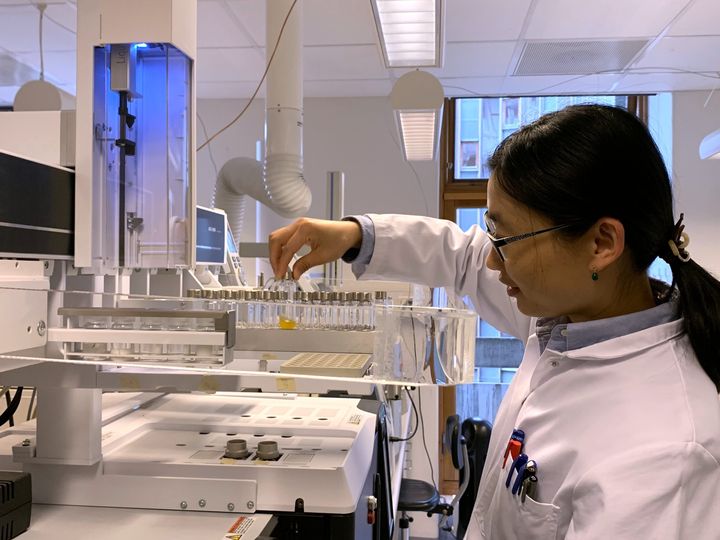
Keywords
Contacts
Sotirios Kampranis
Professor
Department of Plant and Environmental Sciences
University of Copenhagen
soka@plen.ku.dk
+45 35 33 29 89
+45 31 31 55 39
Feiyan Liang
Assistant professor
Department of Plant and Environmental Sciences
University of Copenhagen
fel@plen.ku.dk
+45 35 33 29 45
Maria Hornbek
Journalist
University of Copenhagen
maho@adm.ku.dk
+45 22 95 42 83
Images

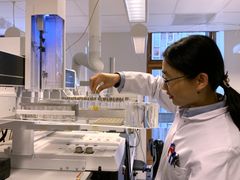
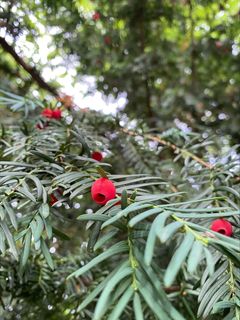
Links
Subscribe to releases from Københavns Universitet - Det Natur- og Biovidenskabelige Fakultet
Subscribe to all the latest releases from Københavns Universitet - Det Natur- og Biovidenskabelige Fakultet by registering your e-mail address below. You can unsubscribe at any time.
Latest releases from Københavns Universitet - Det Natur- og Biovidenskabelige Fakultet
Old aerial photos give scientists a new tool to predict sea level rise3.7.2025 08:00:00 CEST | Press release
Researchers from the University of Copenhagen have gained unique insight into the mechanisms behind the collapse of Antarctic ice shelves, which are crucial for sea level rise in the Northern Hemisphere. The discovery of old aerial photos has provided an unparalleled dataset that can improve predictions of sea level rise and how we should prioritise coastal protection and other forms of climate adaptation.
Gamle luftfotos giver forskere nyt redskab til at forudsige havstigninger3.7.2025 08:00:00 CEST | Pressemeddelelse
Forskere fra Københavns Universitet har fået unik adgang til at forstå mekanismerne bag antarktiske ishylders kollaps, som er afgørende for havstigninger på den nordlige halvkugle. Et fund af gamle luftfotos har skabt et enestående datasæt, som kan forbedre vores forudsigelser af hvor meget havene stiger, og vores prioritering af kystsikring og andre klimatilpasninger.
Ny institutleder på IFRO: ”Faglighed og fællesskab går hånd i hånd”1.7.2025 10:49:17 CEST | Pressemeddelelse
Per Svejstrup er fra 1. august ansat som institutleder på Institut for Fødevare- og Ressourceøkonomi (IFRO). Den kommende leder træder ind i rollen med stor respekt for IFRO's faglige og kollegiale kultur med klare ambitioner for fremtiden.
Dangerous Variant of Salmonella Still Not Eradicated – Researchers Point to the Solutions1.7.2025 09:53:23 CEST | Press release
The infectious and multi-resistant cattle disease Salmonella Dublin can be fatal to both humans and animals and causes significant losses for farmers. Although Denmark has attempted to eradicate the disease since 2008, it has not yet succeeded. A study from the University of Copenhagen points to possible reasons – and the necessary solutions.
Farlig type salmonella er stadig ikke nedkæmpet i Danmark – forskere peger på løsningerne30.6.2025 09:54:03 CEST | Pressemeddelelse
Den smitsomme og multiresistente kvægsygdom Salmonella Dublin kan være dødelig for både mennesker og dyr og medfører desuden betydelige tab for landmændene. Selvom Danmark har forsøgt at udrydde sygdommen siden 2008, er det ikke lykkedes. Et studie fra Københavns Universitet peger på den mulige årsag og de nødvendige løsninger.
In our pressroom you can read all our latest releases, find our press contacts, images, documents and other relevant information about us.
Visit our pressroom